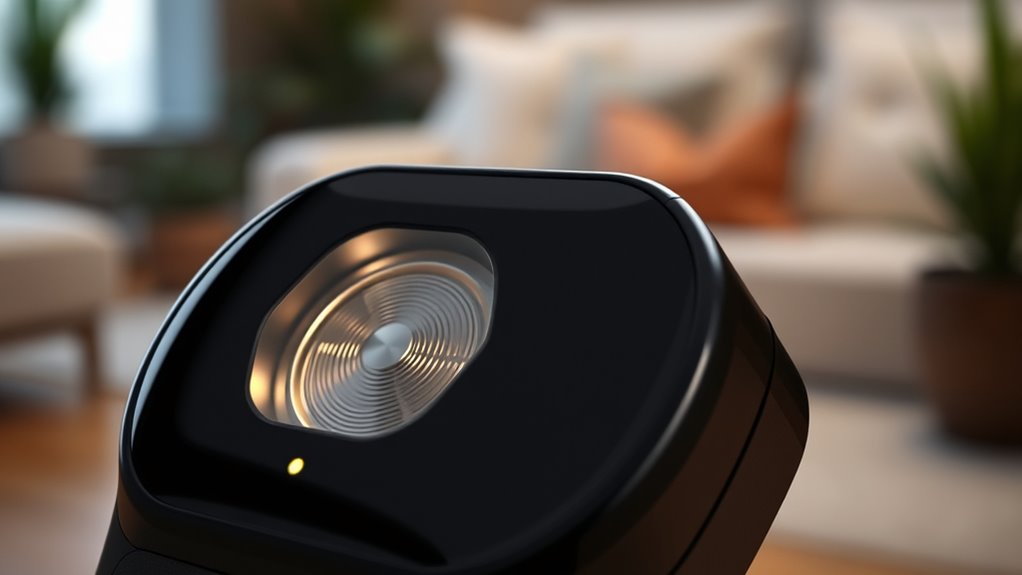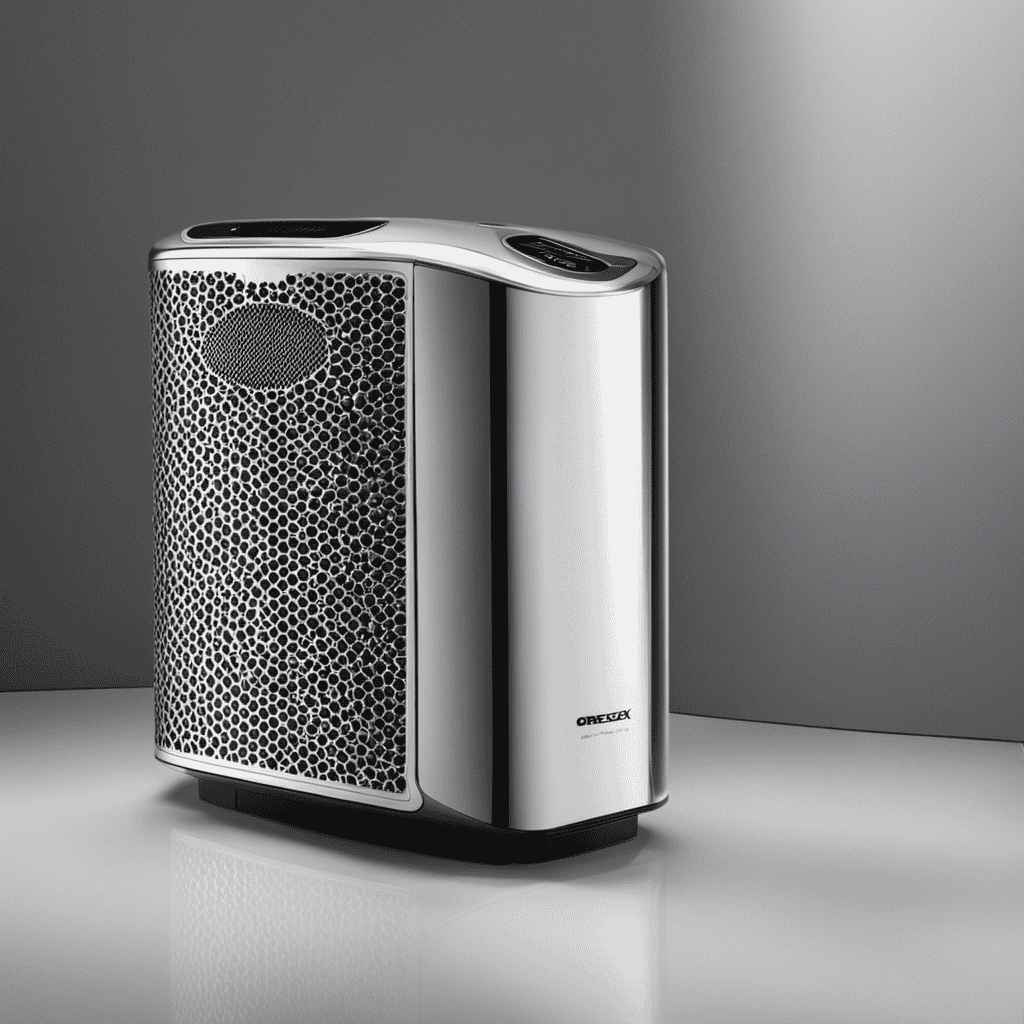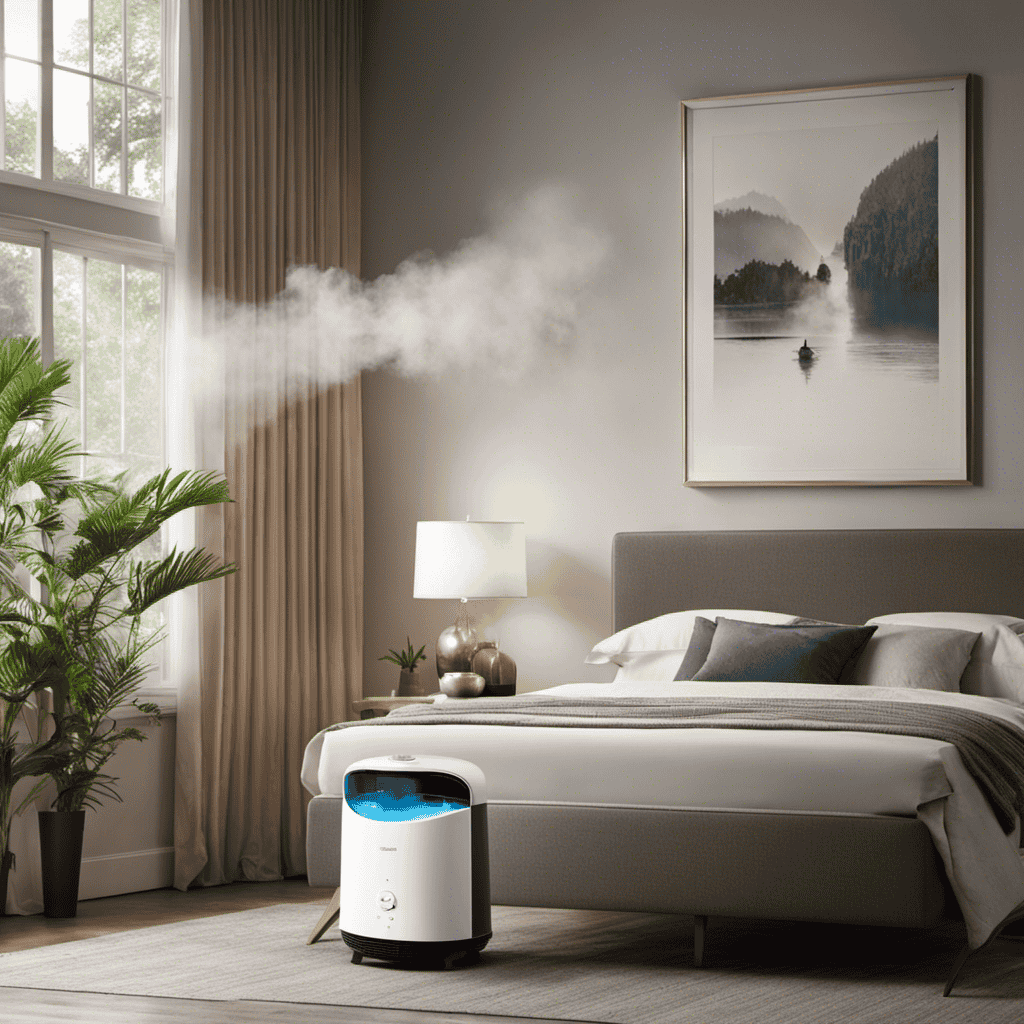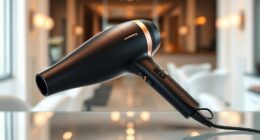Built-in PM2.5 sensors can vary greatly in accuracy, especially without proper calibration and maintenance. While many are pre-calibrated during manufacturing, environmental factors like humidity, dust, and aging components can cause readings to become unreliable over time. Automatic calibration features help but aren’t foolproof. To trust your device’s data, you need to understand calibration practices and consider regular checks. If you want to guarantee your sensor’s accuracy, there’s more you should know.
Key Takeaways
- Built-in PM2.5 sensors vary in accuracy; factory calibration may drift over time without regular recalibration.
- Environmental factors like humidity, temperature, and dust can significantly affect sensor reliability.
- Sensors typically perform well in controlled settings but may produce less accurate readings in real-world conditions.
- Regular calibration and maintenance are essential to ensure ongoing data accuracy and trustworthy air quality assessments.
- External reference standards or calibration are recommended for critical monitoring to verify sensor performance.
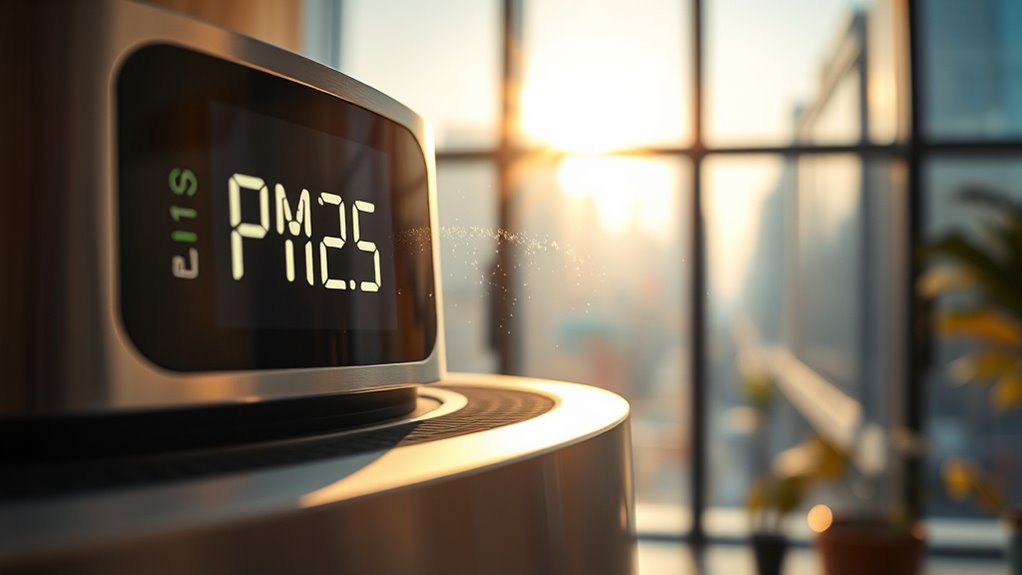
Built-in PM2.5 sensors have become a common feature in air quality monitors, but their accuracy can vary considerably. When you rely on these sensors to assess air pollution levels, understanding how they are calibrated is essential. Sensor calibration involves adjusting the device to guarantee its readings match those of a trusted reference standard. If a sensor isn’t properly calibrated, its data reliability diminishes, leading you to potentially misjudge the air quality in your environment. Poor calibration can cause the sensor to overestimate or underestimate PM2.5 levels, which might result in unnecessary concern or, conversely, a false sense of security. Many manufacturers attempt to address this by pre-calibrating sensors during production, but over time, environmental factors like humidity, temperature, and dust can influence sensor accuracy, making periodic recalibration necessary.
You should be aware that not all built-in sensors are equally precise out of the box. Some may perform well in controlled settings but falter in real-world conditions. This discrepancy highlights the importance of understanding the data reliability of your device. If you’re using a monitor for health or safety reasons, trusting unverified or uncalibrated data can be risky. It’s worth investing in models that offer easy calibration options or connecting your device to external calibration services. Professional calibration or cross-referencing with more accurate, reference-grade monitors can help guarantee that your device’s readings remain trustworthy over time.
Not all built-in sensors are equally accurate; consider calibration options for trustworthy air quality data.
Additionally, sensor accuracy can be affected by aging components or environmental interference, which further impacts data reliability. When the sensor’s internal components degrade, the readings become less consistent and less reflective of actual PM2.5 levels. This is why regular maintenance, including calibration checks, is vital if you rely on your monitor for critical decisions. Some devices include automatic calibration features, but these are not universally available or foolproof. You may need to manually calibrate your monitor periodically or seek professional calibration services to keep the data trustworthy.
Ultimately, the accuracy of built-in PM2.5 sensors depends heavily on proper sensor calibration and ongoing maintenance. If you want reliable data, don’t assume that a monitor’s initial factory calibration will stay accurate forever. Regularly verifying its performance against reference standards and understanding its limitations is key. By doing so, you can make better-informed decisions about your indoor air quality and take appropriate actions to protect your health. Remember, sensor calibration isn’t just a technical detail—it’s the foundation of trustworthy, actionable data. Environmental factors can significantly impact sensor performance, underscoring the importance of ongoing calibration and maintenance.
Frequently Asked Questions
How Do Environmental Conditions Affect Sensor Readings?
Environmental conditions substantially impact sensor readings. Temperature and humidity can cause sensor drift, leading to inaccurate measurements over time. You should check calibration frequency regularly, especially if conditions fluctuate often. Dust, chemicals, or moisture can also interfere with sensor accuracy. To get reliable data, maintain your sensor properly, calibrate it as recommended, and consider environmental factors that might affect its performance.
Can Built-In Sensors Detect All Types of Airborne Particles?
Imagine a net cast into a river, trying to catch every fish—your built-in sensor seeks to detect all airborne particles. While it excels at recognizing common pollutants like PM2.5, it struggles with ultrafine particles or those outside its calibration range. Proper sensor maintenance keeps it sharp, but it can’t catch every particle wave. Therefore, particle detection has limits, and understanding those helps you interpret air quality more accurately.
How Often Should Sensor Calibration Be Performed?
You should perform sensor maintenance regularly, with calibration frequency depending on usage and environment. Typically, calibrate your built-in PM2.5 sensors every 6 to 12 months to guarantee accuracy. Frequent calibration helps sustain reliable readings, especially if your sensors are exposed to varying conditions or pollutants. Keep track of calibration dates and follow manufacturer guidelines to ensure your sensors continue to provide precise air quality data.
Are There Differences in Accuracy Among Various Device Brands?
Did you know that sensor brand variation can lead to accuracy differences of up to 30%? When you compare devices, you’ll notice significant device accuracy variation among brands, affecting how reliable their PM2.5 readings are. It’s essential to do a device accuracy comparison before choosing a sensor, as some brands prioritize cost over precision, impacting your ability to monitor air quality effectively. Always research brand reputation for accuracy.
What Are the Limitations of Built-In PM2.5 Sensors?
Built-in PM2.5 sensors have limitations like a limited sensor lifespan, which can affect accuracy over time. You also need to perform regular user maintenance, such as calibration and cleaning, to keep readings reliable. Environmental factors like humidity and temperature can interfere with sensor performance. Recognizing these constraints helps you understand that built-in sensors may not always provide precise data, especially as they age or if not properly maintained.
Conclusion
So, next time you glance at your device’s PM2.5 reading, remember it’s like looking through a foggy window—useful, but not crystal clear. These sensors give you a general idea, but they’re not perfect, like trying to catch every droplet of mist in the air. Trust them as a guide, but don’t rely solely on their readings. Think of them as a helpful shadow, hinting at the air’s true story, even if it can’t reveal every detail.
